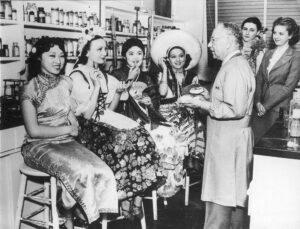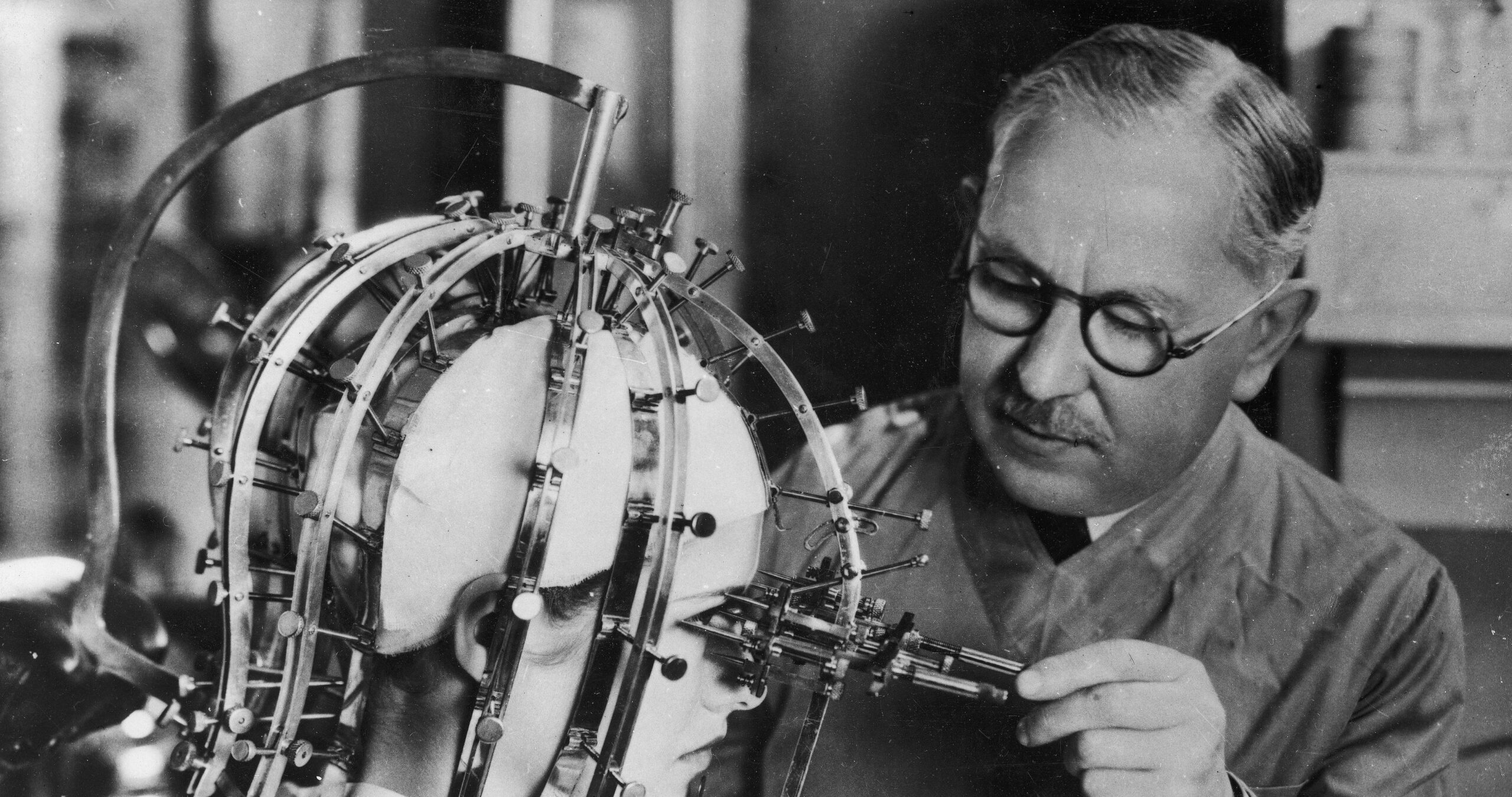Today, his name is associated with high-quality cosmetics and the art of makeup. His real name was Maksymilian Faktorowicz, and the name which is known today he received, by mistake, from an American immigration official.
by Piotr Bejrowski
He was born on 8 February 1872 in Zduńska Wola, a Polish town then under Russian rule. He was one of ten children from a poor Polish-Jewish family. When he was still a child, his parents decided to move to Łódź, a large industrial city about fifty kilometers away.
As a boy, he helped his parents by selling sweets and oranges in the theater in Łódź, as well as working as an assistant to a pharmacist and a chemist. He also made wigs and worked as a hairdresser – this profession appears in official documents. The experience of working in both a pharmacy and a hairdressing salon allowed him to experiment with cosmetics and create new fragrances.
Soon he moved to Russia, where he opened his own pharmacy and wig store in Moscow. The young Maksymilian Faktorowicz quickly gained fame among the local elite. At the same time, he worked as a makeup artist in the theater, and from there he ended up at the tsarist court. Years later, he would become responsible for the image of the tsar and his family. However, the position turned out to so stressful that he decided to leave Russia.

He chose America. However, his first impressions were far from his expectations. New York, where the ship was moored, turned out to be a hostile, even terrifying place. Eventually, [now with the new name of] Max Factor, he left for St. Louis, and from there travelled to Los Angeles, where he opened a small wig and stage makeup store in 1908. A year later, the company began operating on the mail order market as “Max Factor & Co.” His offer quickly caught the attention of actors, who were looking for a light foundation that was not a stiff mask or restrict any of the facial expressions that are so essential to the profession. To this day, the company he founded uses the slogan “no mask effect”.
The years of Max’s “conquest” of America coincided with the rapid development of cinema, so Charlie Chaplin and Buster Keaton also quickly found their way to his studio, and they were quickly followed by other actors and filmmakers who wanted to use the innovative cosmetics. Factor introduced more and more new products: liquid foundation, false eyelashes, waterproof cosmetics, nail polish, stick lipstick, lip gloss, etc. The cosmetics manufacturer was aware that the sensitivity of the camera to colors is different than that of the human eye, which is why the company always selected cosmetics for each of the movie stars. Factor used to say that the best makeup is the one that cannot be seen, and that its function should only be to emphasize beauty. In 1916, he introduced products that were previously available only in the film industry. From then on any town girl in Ohio or Oklahoma could order eyeshadow and an eyebrow pencil!
In 1920, he was visited by an actor of Italian origin, Rudolph Valentino, who, due to his dark complexion and exotic appearance, was being constantly cast as villains. Valentino understood that this would destroy his career in the long run. Factor designed a foundation that would brighten his complexion and proposed a new image. With properly styled hair, new longer sideburns, and scars hidden by powder, Rudolf Valentino became one of the greatest cinema lovers in the history of the “Tenth Muse”.
Legions of other stars – Gloria Swanson, Judy Garland, Ginger Rogers, Bette Davis, Marlene Dietrich – increasingly turned to him for help or advice. Factor also assisted his Polish compatriot, Pola Negri, who had launched a very successful career in the United States. It was Factor who proposed changing Rita Hayworth’s styling by dyeing her hair red, which later became her trademark. Jean Harlow’s platinum hair was also his idea. And there were more notable customers to come. It was Max Factor who created the makeup used to create Boris Karloff’s impressive transformation into Frankenstein in the 1931 film.

Factor did not stop creating new products and he was also busy educating women during public shows. Of course it was sometimes controversial – some people criticized the new embrace of cosmetics as indecent. It should be remembered that before this time, the use of makeup was most often associated – at best – with stage acting, but more often with prostitution. The very term “makeup” had a negative connotation at that time which was why Factor consciously began to use it in marketing in order to disrupt the stereotype. By 1927, his company was already distributed throughout the United States, and three years later Max Factor products could be found in eighty countries around the world.
Factor spoke with a strong accent until the end of his life and never fully mastered the English language. Despite this, he was – in line with the old tradition, according to which barbers know the most about kings – the confidant of many stars of the time.
Max Factor died on 7 June 1938 in Los Angeles at the age of sixty-six and left behind a cosmetic empire. His son Francis also took his father’s name for marketing reasons. Although the name and brand are rarely associated with Poland and Zduńska Wola, they are certainly widely known throughout the world.
Author: Piotr Bejrowski
Translation: Alicja Rose & Jessica Sirotin





